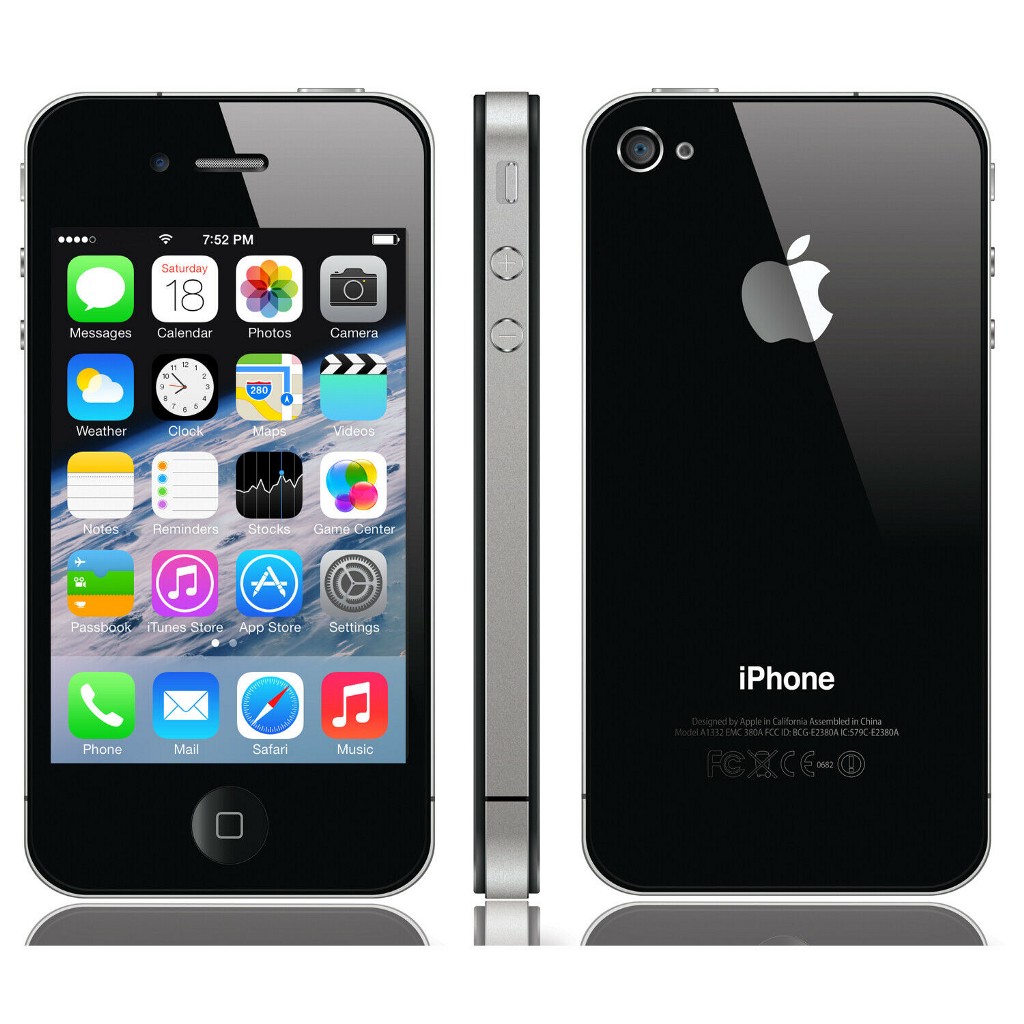You’re holding it wrong — How to blame your users
The customer is always right.

The iPhone is a beautiful device. Every version of it has been, but my favorite was the blocky, squared-off shape of the iPhone 4 (it’s widely speculated that the iPhone 12 will call back to that design when it arrives in October). Its stark, flat, black face, and metallic trimmed edges made it look more futuristic than ergonomic. It was the last Apple phone released before the dystopian drama Black Mirror — its name inspired by the poignant darkness of handheld device screens — was released. It was a thing of beauty.
But there was a problem.
In the weeks following the device’s release customers began complaining about spotty reception, even in areas with strong cell signal. But only some complained. Was the phone faulty in some way? Was there an intermittent issue in the production line? Did it need repair or replacement? It turns out the industrial design of the phone’s antenna, which wrapped inconspicuously around the sides of the device, left something to be desired. Depending on how you held the phone — left-handed people had the most trouble — your hand may bridge a necessary gap in the antenna needed for proper performance, causing “signal attenuation”, and reducing the phone’s wireless capabilities. Apple’s response? “You’re holding it wrong”.
Apple’s response? “You’re holding it wrong”.
Apple explained the issue and, instead of recalling every single iPhone 4, implored customers to simply hold their phone differently. When that was met with even more backlash, Apple introduced the Bumper, a case that wrapped around only the edges of the device and prevented users’ hands from bridging the all-important antenna gap.
Here’s Apple’s official statement:
Gripping any mobile phone will result in some attenuation of its antenna performance, with certain places being worse than others depending on the placement of the antennas. This is a fact of life for every wireless phone. If you ever experience this on your iPhone 4, avoid gripping it in the lower left corner in a way that covers both sides of the black strip in the metal band, or simply use one of many available cases.
Paving the cowpath
Your customers will use your product in a certain way. They’ll hold it in a certain way. They’ll interact with it in a certain way. You’ll learn from them how your product is used, not the other way around. Landscape architects will learn where their roads should have been. Software designers can learn the same thing about their buttons. Apple learned the hard way about their antenna. This is just one reason research and prototyping are so vital. It’s the closest you can get to real-world conditions. It’s the only way to learn how your product works.

The customer is always right
I’ve been designing and developing interactive products for over 20 years. In every product I helped make, there were mistakes. Bugs, oversights, fundamentally wrong-headed ideas. In many cases these issues were transparent to me because, myself a user of the thing, I just didn’t have them. Couldn’t be a big problem if I never even saw it, right? Maybe they’re just using it wrong.
It’s an easy thought to have and a slippery slope to tread. And it’s almost never valid. Sometimes it took having a friend or colleague I respected come to me with the issue before it was taken seriously. I’ll save you, and me, a trip down memory lane, but suffice to say: I’ve become a better designer since.
If you make things, they will be flawed.
They will have bugs, oversights, and fundamentally wrongheaded ideas. If you make software, your release cycle means you’re lucky. If you make mobile phones, hardware, or other products that can’t be updated remotely, there’s more on the line. But no matter what you make, it will be used how it’s used and the only way to improve it will be to watch and learn from its users. The customer is never wrong and the user is always using it right.

You’re holding it wrong — How to blame your users was originally published in UX Collective on Medium, where people are continuing the conversation by highlighting and responding to this story.
